The Do’s and Don’ts of Alcohol On a Diet
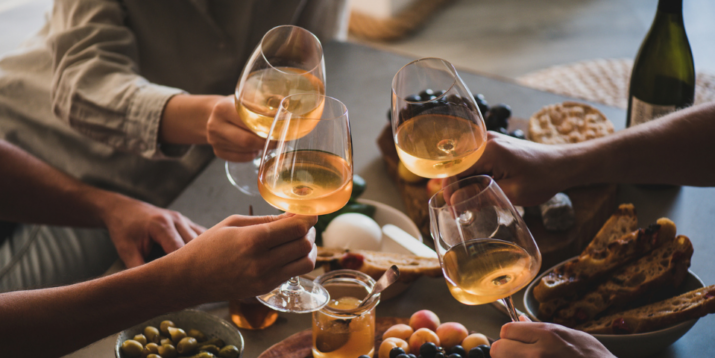
Is it a surprise that getting tipsy can wreak havoc on your weight-loss goals? No. It is not. But surely that cotton candy-pink drink in the frosty martini glass can’t be the catalyst that unravels all of your workout logging, real-food noshing, and perfectly portioned meal prepping, can it? It’s so innocent-looking and pretty.
Well, no that one little drink won’t sink your health and fitness goals. But drinking alcohol regularly while trying to lose weight can be tricky. Here’s how to walk that fine line without being a stick in the mud.
How Alcohol Can Prevent You from Losing Weight
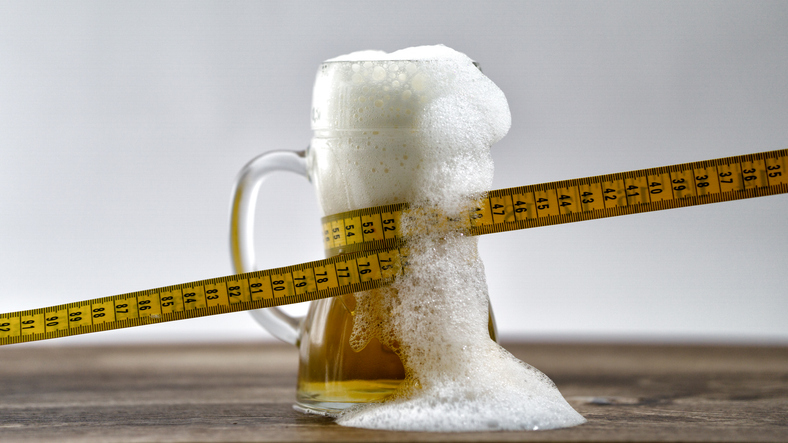
When you’re trying to get fit, alcohol can thwart your results in more ways than you might imagine.
For starters, it stimulates your appetite, making you reach for the hot wings and order an extra plate of fries. Since your body doesn’t register the liquid calories in that margarita as well as the solid calories from a chicken wing, you don’t eat less to compensate.
Alcoholic beverages are also a source of “empty calories” since they provide low to no valuable vitamins and minerals. As a result, you get less bang for each calorie buck, which isn’t ideal when you’re cutting calories to lose weight.
Finally, if you eat when you’re drinking — which you should, so you don’t get hammered — it can impair your body’s ability to digest, absorb, and store the valuable nutrients from those foods you eat.
Healthy eating and drinking habits are a worthwhile goal, and it helps to know what you’re putting into your body. A major hurdle with alcohol is that there are no requirements for companies to provide nutrition or ingredient information. The Food and Drug Administration regulates nutrition labels for everything from applesauce to yogurt, but not malt beverages or liquors and wine with 7 percent plus alcohol by volume. This includes most boozy beverages excepts coolers and kombucha. Oddly, most alcohol is regulated by the Tobacco Tax and Trade Bureau, which doesn’t require its products to bear nutrition labels. However, some brewers may plan to add nutrition facts and ingredients to their labels in the future as part of the Brewers’ Voluntary Disclosure Initiative.
Now that you’re sufficiently sobered up by the facts, keep in mind that alcohol can still be enjoyed even if you’re on a diet. Let’s dive into some of the do’s and don’ts.
7 Alcohol Do’s and Don’ts
1. DO cap it at 1–2 drinks.
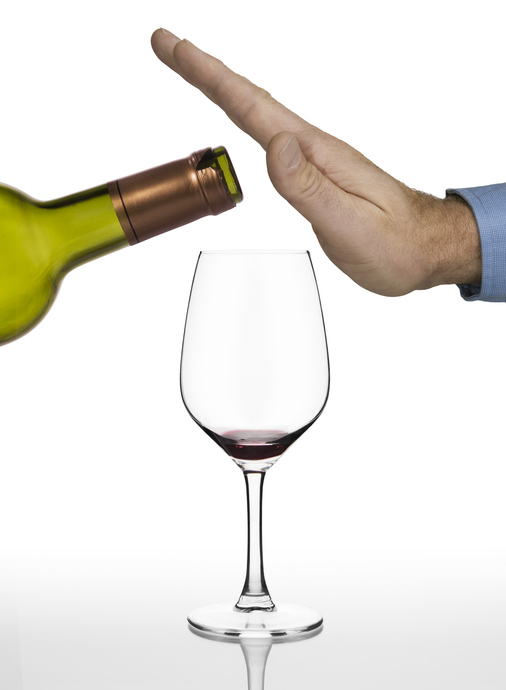
The best way to enjoy alcohol is to do so in moderation — something that most of us trip up on even when we’re sober! So, what does moderation look like? The 2015 U.S. Dietary Guidelines state that if alcohol is consumed, it should be in moderation. That means up to one drink for women and two drinks for men. The reason for the gender-alcohol gap: Biologically, there are gender differences in body structure and chemistry that cause women to absorb more alcohol and take longer to metabolize it.
2. DO know what a “drink” looks like.
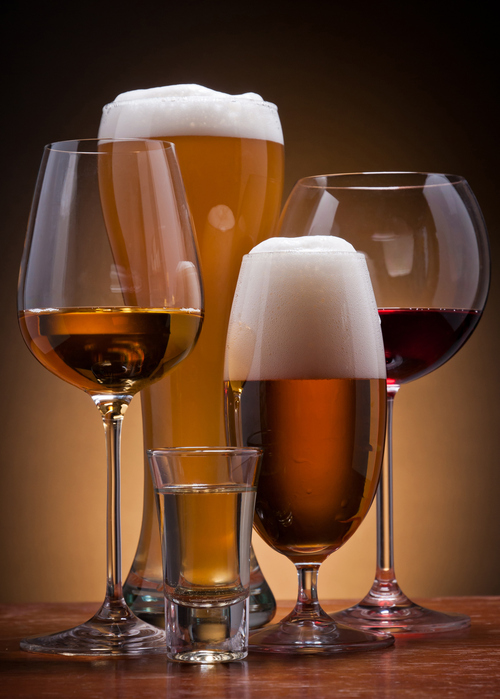
The National Institutes of Health defines a standard drink as 14 grams of pure alcohol, but who can eyeball that? So you don’t have to bring a scale to the bar, just keep in mind that one drink is one (12-ounce) can of beer, one (5-ounce) glass of wine, or one (1.5-ounce) shot of hard liquor.
3. DON’T go for mixed drinks (if you can avoid it).
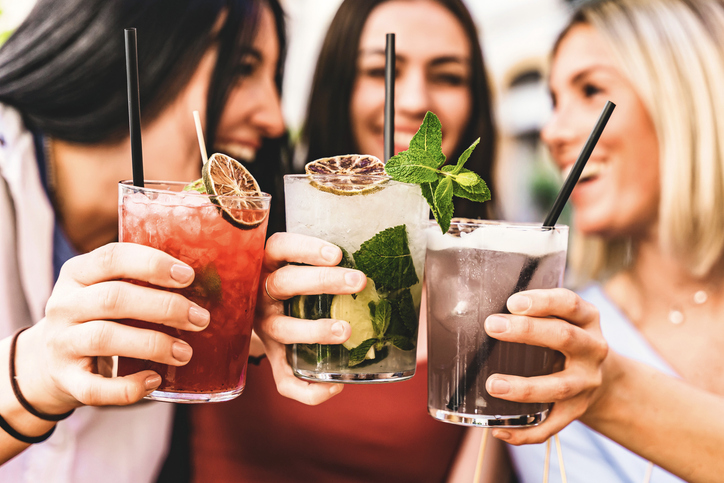
Sweet cocktails can be laced with more empty calories from added sugar and fat. They’re often served in larger portion sizes as well. Take a typical 9-ounce piña colada; it contains 490 calories (a whole meal for some!) from fatty and sugary sources (such as coconut cream and pineapple juice), and enough alcohol for 2 standard drinks.
4. DO drink plenty of water.
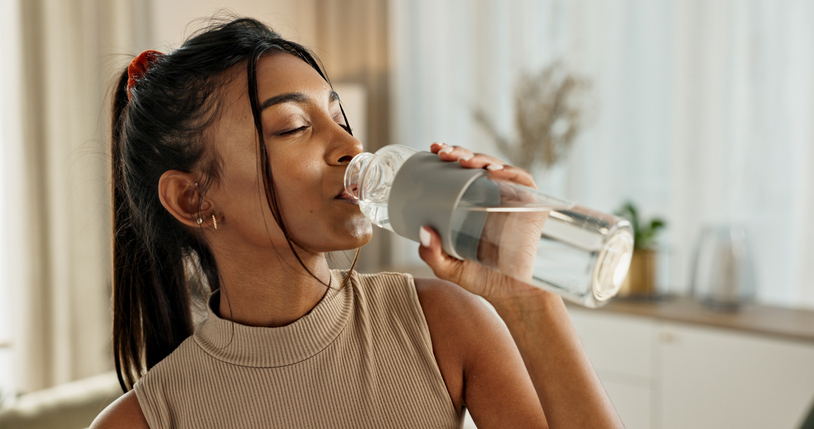
Alcohol can dehydrate you because it’s a diuretic that causes you to urinate. You want to make sure to compensate for this fluid loss because water helps dilute the alcohol concentration in your blood. Some good strategies: Knock back some water before raising a glass, order your drinks on the rocks, and alternate your drinks with water if you plan to have more than one.
5. DO balance buzz-worthy claims about alcohol.
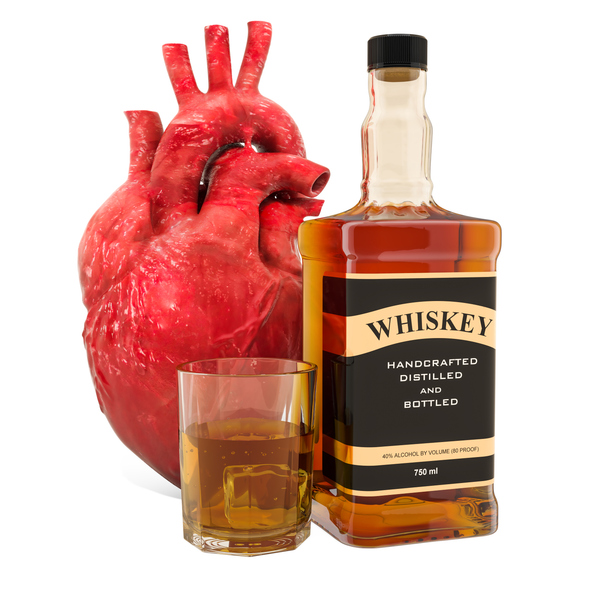
You can find studies linking alcohol to a lower risk for heart disease, type 2 diabetes, dementia, gallstones, etc., but that doesn’t mean the supposed benefits outweigh the risk. Think of it this way: Few experts will advise you to start drinking if you currently don’t. Remember that most “benefits” are linked to moderate alcohol consumption (see DO #1).
6. DO sip slowly and savor.
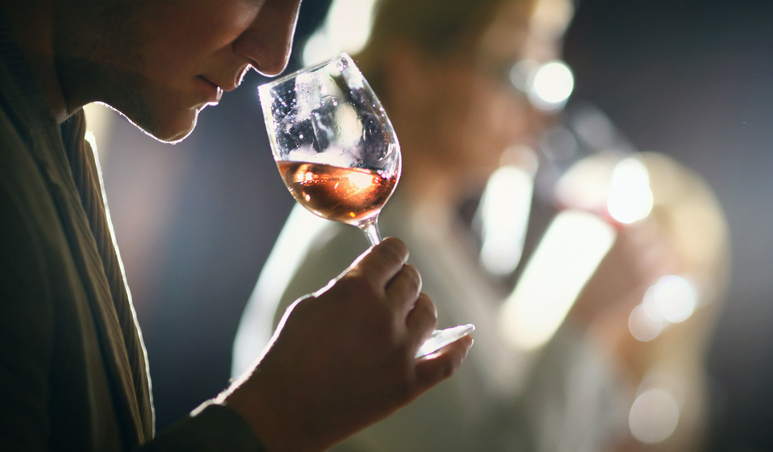
Adopt a healthy mindset about drinking. You’re there to enjoy a delicious beverage with good company, not get hammered as fast as possible. If you’re mindset is the latter, you should consider reevaluating your relationship with alcohol.
7. DON’T use alcohol to soothe yourself to sleep.

Alcohol is a sedative and can be effective at helping you nod off, but that’s where it ends. Moderate doses of alcohol disrupt your sleep cycle by reducing the time spent in rapid eye movement (REM) sleep. REM sleep is important for proper learning, brain development, and consolidation of memory. Plus, insufficient sleep is linked to higher body weight and less dietary restraint (e.g., the ability to say “no” to tempting foods).
